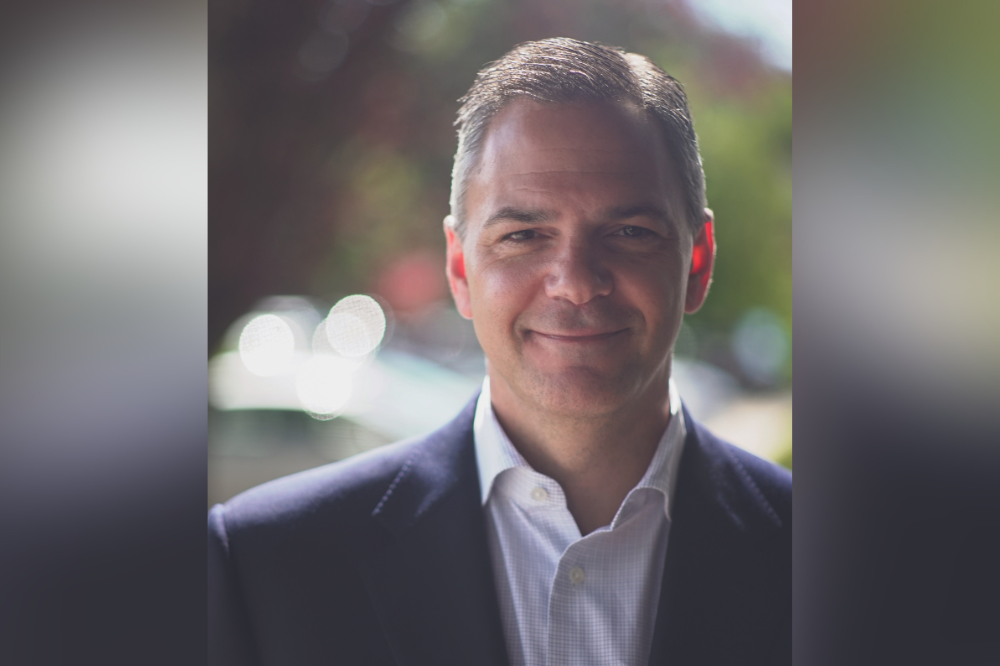How climate change is affecting winery insurance

How climate change is affecting winery insurance | Insurance Business America
Insurance News
How climate change is affecting winery insurance
The coverage space is becoming more constrained
Insurance News
By
David Saric
As climate change wreaks its havoc on natural landscapes, Larry Chasin, CEO of PAK Projects, revealed how wineries that need land to create products are having to find new ways to secure coverage against catastrophic weather events.
“If you are able to secure coverage, especially in areas where there is a history of wildfires, there are very few options for property coverage these days,” he said.
In an interview with Insurance Business, Chasin spoke about how wineries are securing necessary coverage in a hardened marketplace and how brokers and insurers can prepare a client for a worst-case scenario.
Seeking solutions during difficult times
One of the most alarming developments of the climate crisis is the frequency of severe events.
“As insurers, we refer to these as 100-year events or 500-year catastrophic events,” Chasin said. “Each passing loss event is now being referred to as a once-in-a-lifetime catastrophe, but we hear this every year now.”
Secondary peril events, like the wildfires that threaten wineries, have been driving costly losses for businesses and insurers.
“Carriers are taking billion-dollar losses because of these catastrophes, and they are occurring in places that have not dealt with these severe issues before,” Chasin said.
“We are now witnessing unprecedented exposure, adverse selection and insufficient rates,” the CEO said.
Furthermore, properties that contain a significant property value, especially those with specialty wine barrels for aging wine, create a more haphazard opportunity to secure coverage.
“In the past, they could go to one insurance carrier to cover the whole exposure,” Chasin said.
“And you’re seeing agents having to go to four or five, six different carriers to provide enough limit to cover what their exposure might be.”
This makes claims more complicated when a loss event occurs, as multiple claims adjusters must visit a site to assess the damages, especially when coverage has been purchased from the excess and surplus market.
“It’s going to get really complicated, really quick,” Chassin said.
Mitigating potential losses or headaches with a broker’s help
According to Chasin, it is extremely important for brokers to keep in constant communication with an insured and to stay updated on risk mitigation and prevention techniques as they become available.
“We find that providing real relevant claim scenarios is a good way to get insurance thinking about risk management and loss prevention in sort of a different light,” he said.
Avoiding a doomsday scenario begins with securing the right form of coverage for a business, to avoid an uncovered loss.
“Those are the events that we all worry about, limiting any surprises that can catch a client off guard,” he said.
This results in regularly working with insurers to assess a client’s value incorporate new additions and necessary property upgrades.
Insurers have much more insight on how to create a defensible space to safeguard an operation for damages that can be avoided or rebounded from more quickly.
However, there is also a communal aspect to protecting the fertile grounds of a winery.
“If I do everything in my power to shield my property from harm, but the neighbouring winery does not, that still creates a larger opportunity for loss,” Chasin said.
“The ability to come together as an industry or as a community and try to tackle these things. from a bigger perspective is something I’ve witnessed happen a lot more frequently.”
Related Stories
Keep up with the latest news and events
Join our mailing list, it’s free!






